Description
Jeff Zhu, engineer at HoloAudio, launched a line of cost-effective products that are very high performance. This digital interface is a superb design, No gimmicky components here, just pure design and excellent implementation to get excellent results.
XEME2VE design includes the following features:
1. Optimized firmware, XMOS has open source code for the firmware so Jeff Zhue has optimized some key points. This optimized firmware has greatly improved the overall sound quality. Most of the market who utilize the XMOS chipset only use the public version of the firmware which is mediocre quality and can be described as having vague sound pronounced, loose sounding enough, not detailed enough, a little dead or flat. On Jeff’s optimized firmware, these problems do not exist anymore and set us apart from most Xmos products.
2. Our power supply design is superb. USB has a valid concerns in general, but this digital interface design is intended to be plug and play, convenient yet sound is of excellent quality. So the design of the power supply requirements in the USB power supply can also work well, so this digital interface with USB power supply is entirely worthy of your confidence.
3. Good clocks are a part of the design. Frankly speaking, the price of this digital interface does not make it possible to use the high-end low-phase impulse crystal, the real low-phase noise crystal is very expensive, and must be purchased from abroad. China does not have any particular quality components for this. The market is full of a lot of “gimmick” crystal, just empty promises in a golden shell! Our design is even better than a common qualified products. The clock part of the board consists of a passive crystal coupled with a separate active oscillation circuit. The passive crystal with a good active oscillation circuit, can provide the most realism an superb performance. I different approach to achieve ideal results.
4. Good wiring layout. This circuit board is a four layer pcb board. Jeff has engaged in the design of electronic instruments and has more than 10 years of experience. Although Jeff’s experience to work with audio specifically is less.. please believe that his design ability is more than capable to work with this relatively simple circuit.
5. The use of the USB 3.0 socket. Although XMOS or USB 2.0 program, but with the USB 3.0 socket, you can use USB3.0 USB cable, but also compatible with the 2.0 cable. Because USB3.0 cable to be able to withstand 5Gb of data traffic compared to the USB2.0 480Mb. USB 3.0 is ten times higher bandwidth. This makes USB3.0 cable access threshold is quite high. So even a very common certified USB3.0 cable with bring excellent results. And because of it’s use in industrial products, the price is very affordable. This can save you from spending a few hundred dollars to buy high-priced USB2.0 cable. USB3.0 line is compatible with the computer’s USB2.0 socket.
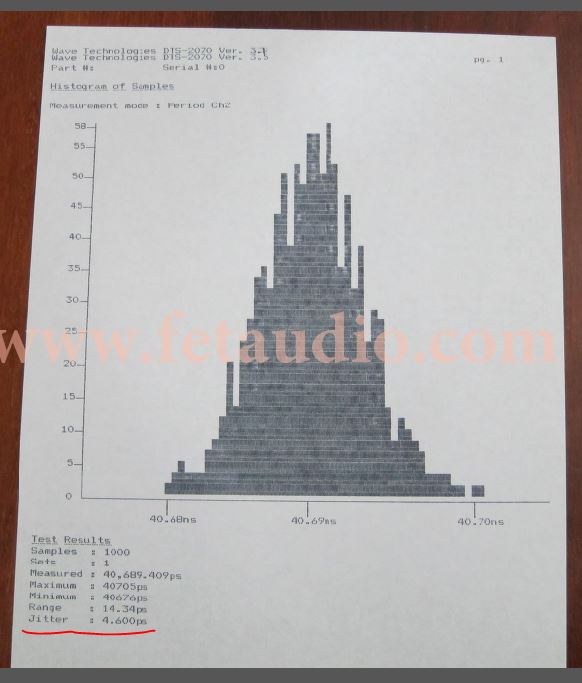
take note the ULTRA low jitter of only 4.5pico seconds
audiosciencereview.com – review on the XEME2VE – CLICK HERE
The output of this board supports:
I2S ports: 44.1, 48, 88.2, 96, 176.4, 192, 352.8, 384 (Ksps)
Coaxial port: 44.1, 48, 88.2, 96, 176.4, 192 (Ksps)
DOP mode: DSD64X, DSD128X
DSD native mode: DSD64X, DSD128X, DSD256X



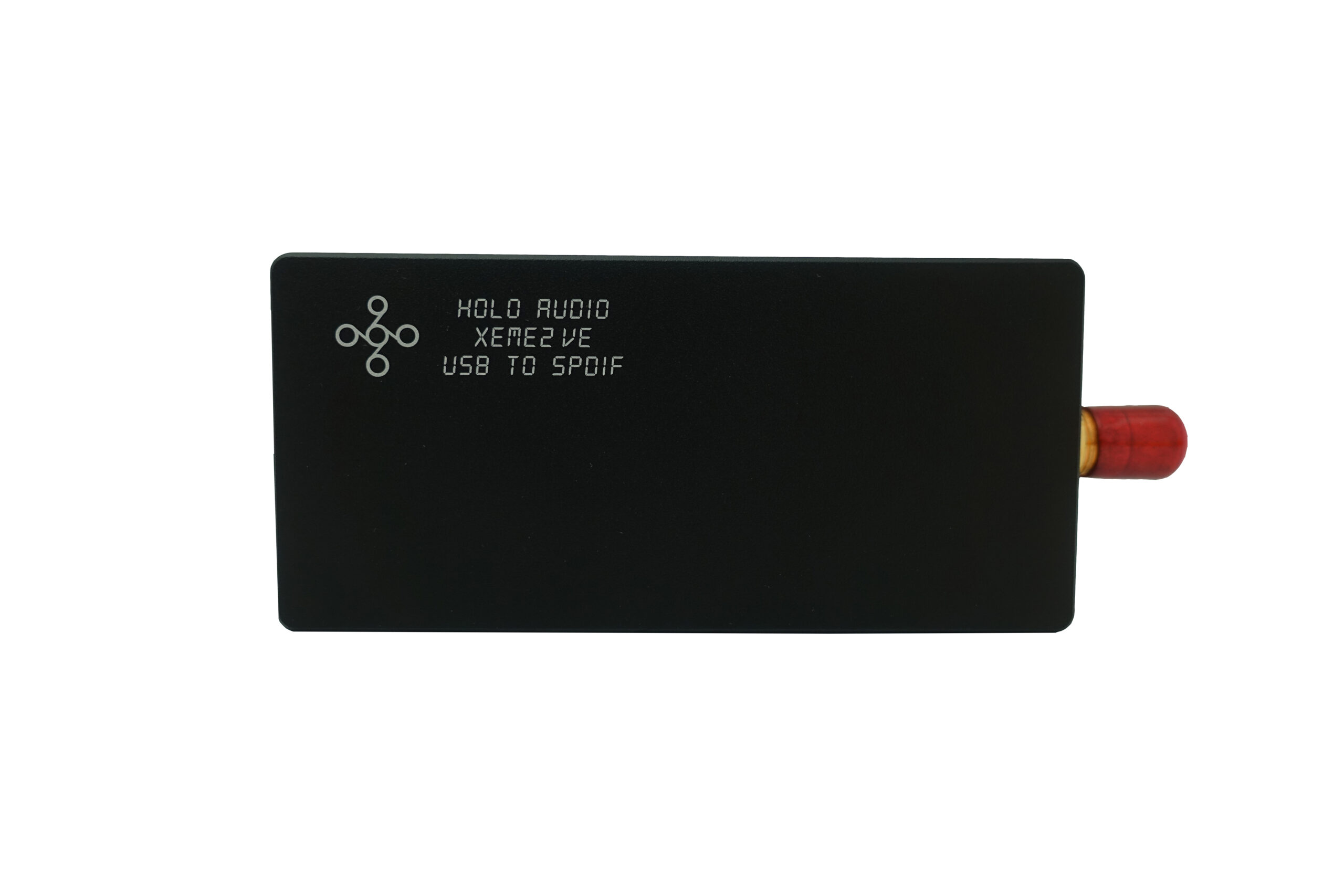
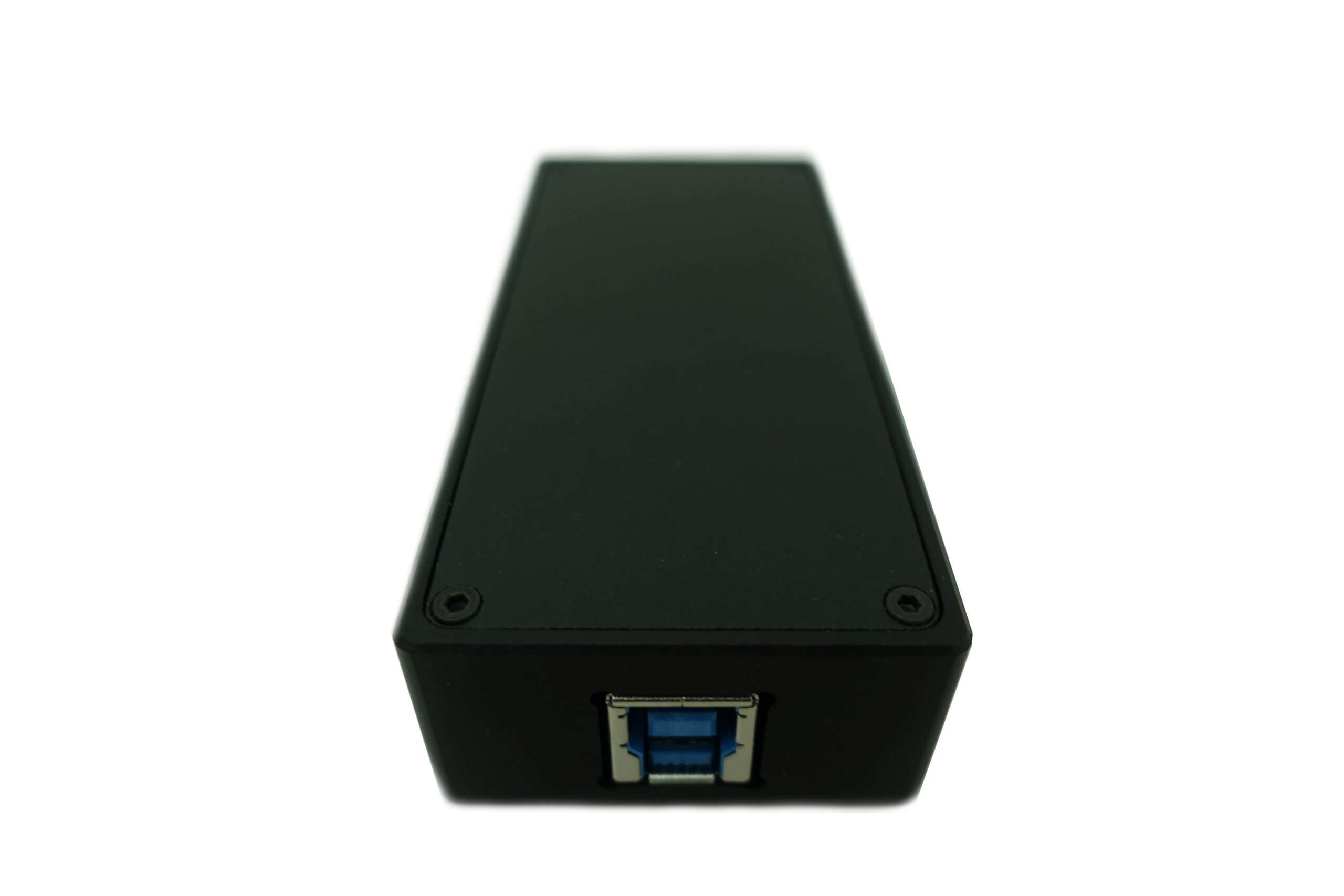

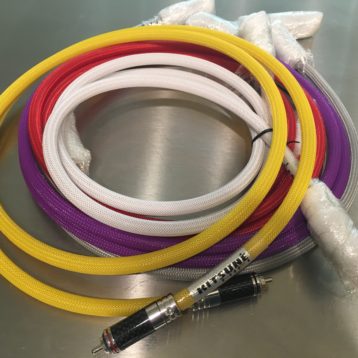
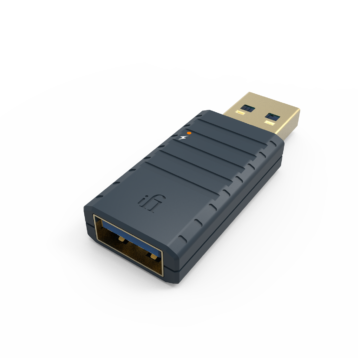
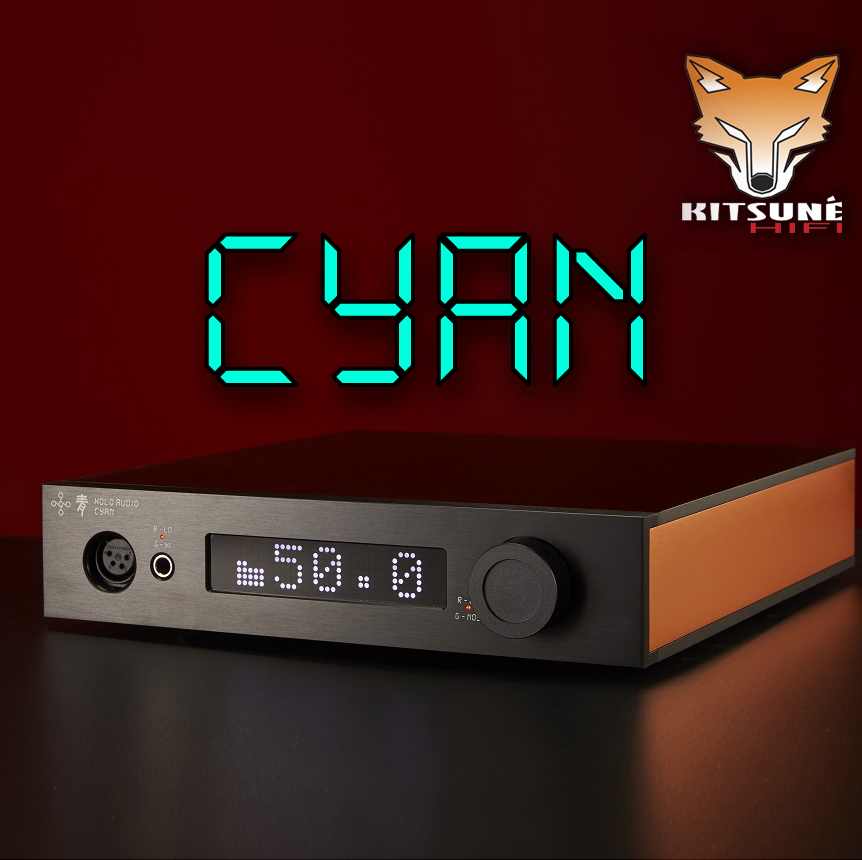
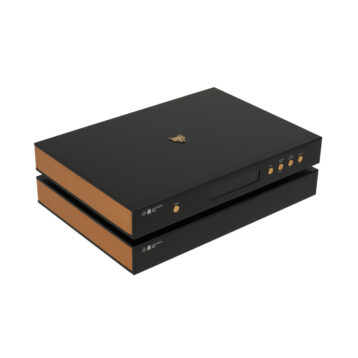
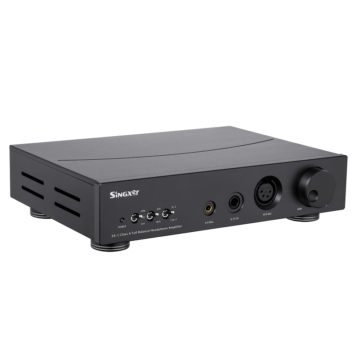
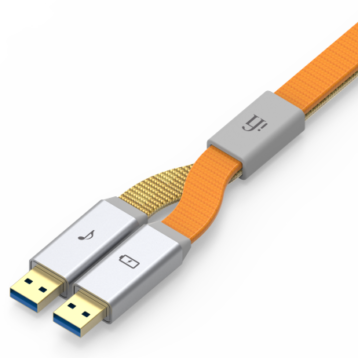
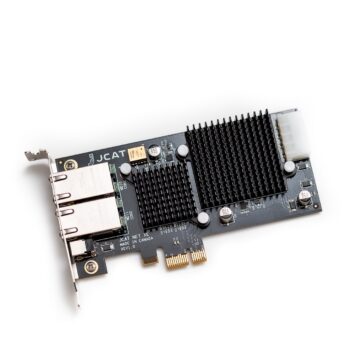

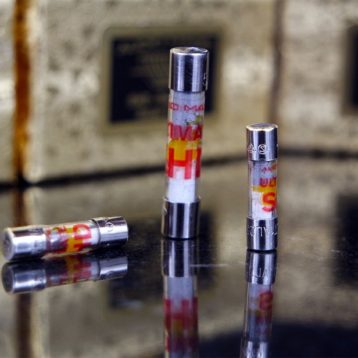
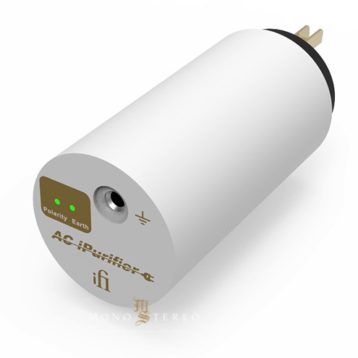
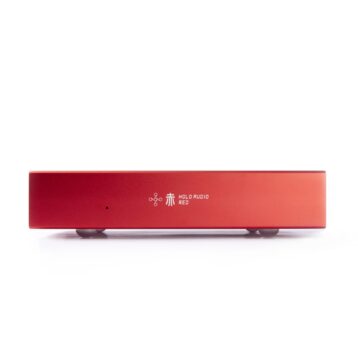

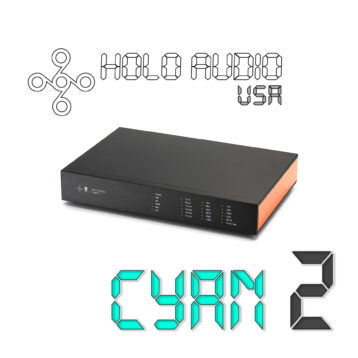
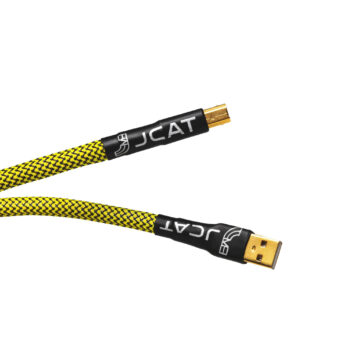
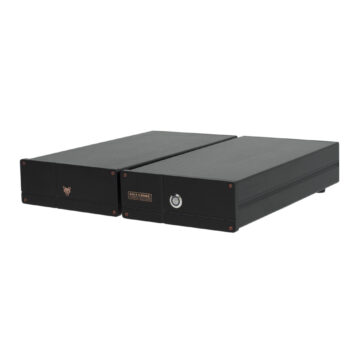
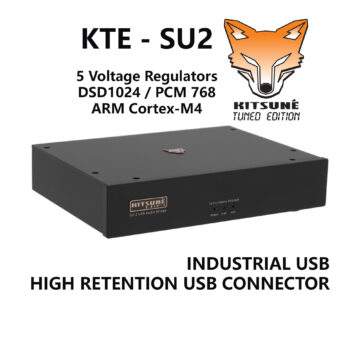
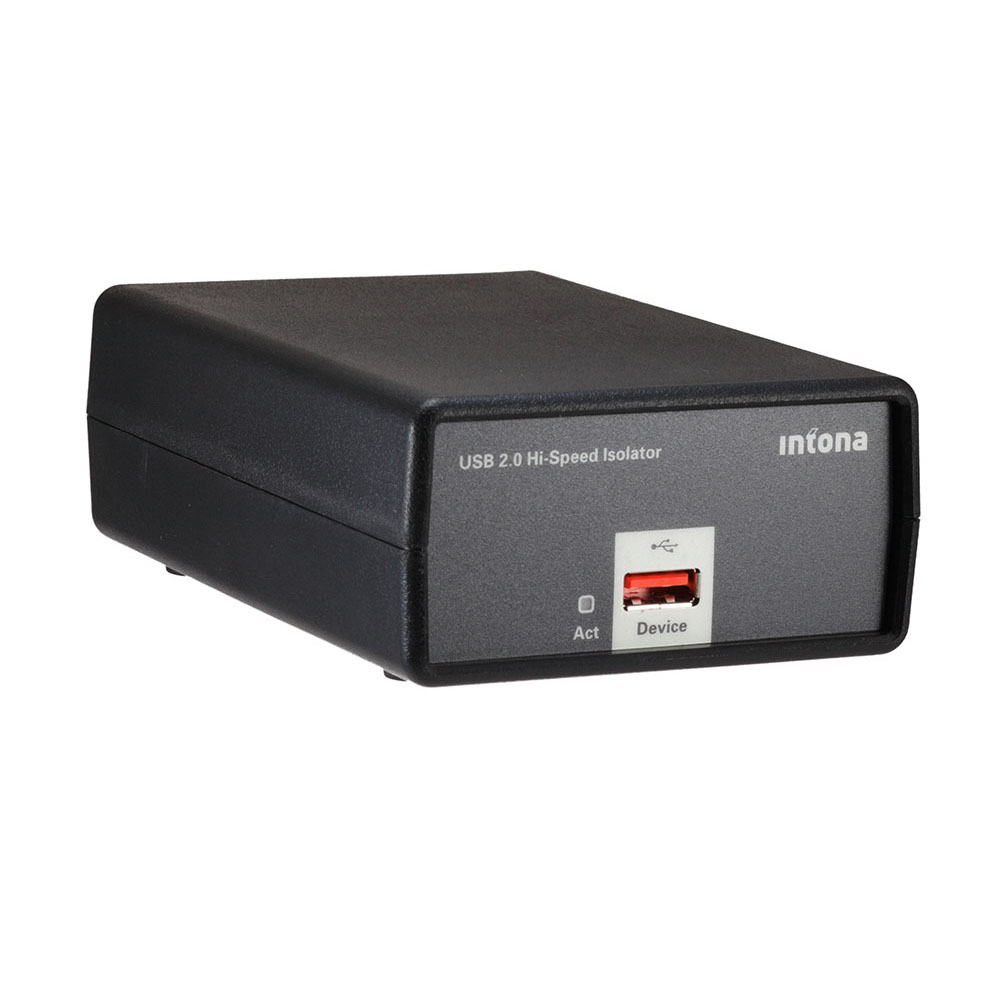
Kevin Elliott (verified owner) –
I’ve recently added HoloAudio XEME2VE – USB to SPDIF – Digital Interface to my setup. I wasn’t satisfied with the sound using USB with my Spring 1 level 1 DAC but loved the way CDs sound via the SPDIF. Decided to give this a try instead of the three+ times more expensive Singxer solution. I don’t do DSD so the USB to SPDIF interface seemed like a good choice. Using the Holo USB Titan Turbo in tandem with the Holo XEME2VE to feed Coax 2 on the spring really sweetened the sound. Now I can play files from my laptop and they sound as good as CDs! And even better when upsampled to 172.4 or 192k using NOS mode with Foobar plugin Resampler-V.
I am very happy with this setup and now looking for more ways to improve my system to keep up with the quality of the Holo Audio setup.